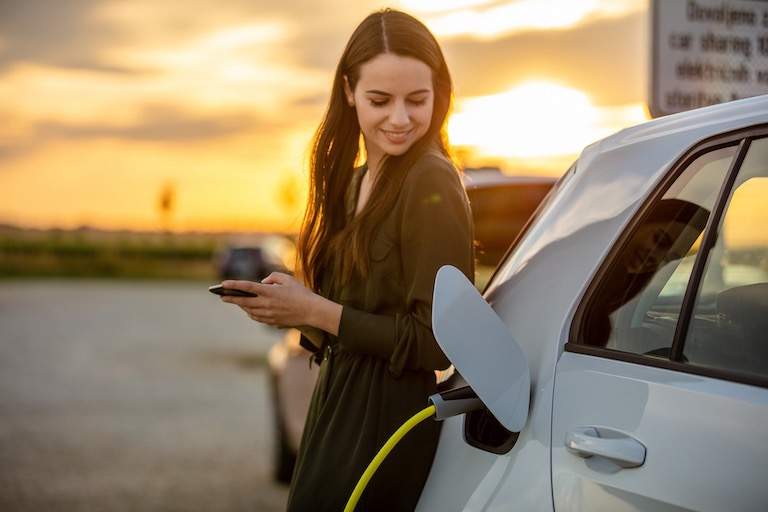
GWM to launch more than 50 NEVs by 2025
Chinese car-maker's electrification onslaught to be led by slinky 300kW/680Nm GWM Next Ora Cat, due here next yearGWM has used the Paris motor show to announce it will launch more than 50 ‘new energy vehicles’ (NEVs) globally by 2025, on its way to dumping petrol and diesel cars by 2030, and to formally present the 2023 GWM Next Ora Cat – a 300kW electric sports sedan known in China as the GWM-Ora Lightning Cat.
‘New energy vehicle’ is Chinese-speak for electrification, which in this case refers to hybrid, plug-in hybrid (PHEV) and battery-electric technology, all of which will be included within these 50 or so new models due in the coming years.
The announcement was made by GWM’s Head of European Markets Harry Meng, who also revealed the car-maker would complete its first carbon-neutral factory next year and that testing was already underway on GWM’s first hydrogen fuel cell vehicles (FCEV).

“This year’s slogan ‘Revolution is On’ embodies much of what GWM also stands for: premium vehicles that enable a new, self-determined lifestyle with intelligent technology,” he said.
“We are looking not only for economic benefits but also to make a sustainable future for our employees and customers.
“Because climate change is something we all must work to stop. Together.”
Meng added that GWM would instal solar-powered EV charging stations around Europe and that the brand was reusing and recycling residual heat, energy and water in the development and construction of its vehicles.

One of the most pivotal of these new energy vehicles is the 2023 GWM Next Ora Cat, which was presented front and centre in Paris ahead of its European introduction in the coming months.
Known previously as the GWM-Ora Lightning Cat, the Next Ora Cat will be the second dedicated Ora product launched both in Europe and Australia after the GWM-Ora Good Cat, which is already testing Down Under and has been confirmed for local release next year.
In addition to providing us with a better look at the slinky Hyundai IONIQ 6 rival, the Next Ora Cat’s Euro debut also clears up a few murky details around its specifications, including an effective driving range of 430km.

That competitive range is afforded by a sizeable 83.5kWh battery pack that feeds a pair of electric motors generating a combined 300kW/680Nm – enough for the electric sedan to dispatch the 0-100km/h sprint in 4.3 seconds on its way to a 180km/h top speed.
These figures make it significantly quicker and more powerful than the aforementioned IONIQ 6, but the slippery Hyundai retaliates with a superior driving range of up to 583km in comparable dual-motor form.
GWM says the Next Ora Cat can be charged from zero to 80 per cent in 55 minutes when using an 80kW DC fast-charger, but it is yet to reveal an 11kW AC charging time

Standard equipment highlights for the European version includes a 10.25-inch digital instrument cluster, 12.3-inch infotainment interface, a 360-degree camera, keyless entry and start, powered tailgate, dual-zone climate control, panoramic roof, 19-inch alloys, heated and ventilated front seats, facial recognition and an 11-speaker sound system.
More variants will undoubtedly be added to the range over time, but for now at least the European cars give us a pretty good idea of what to expect when the local versions arrive here next year.
There’s been no indication on pricing yet, but as we’ve speculated previously, the Next Ora Cat will more than likely cost less than its Korean rival, pointing to a sub-$60,000 price tag for the initial dual-motor version(s).


Please see our Editorial Guidelines & Code of Ethics (including for more information about sponsored content and paid events). The information published on this website is of a general nature only and doesn’t consider your particular circumstances or needs.












